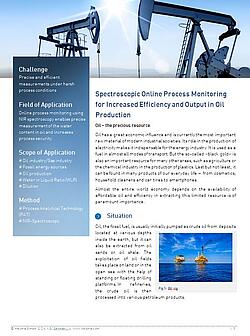
Calibration Standards


Reliable measurement results through regular verification of the spectrometer using certified reference materials













